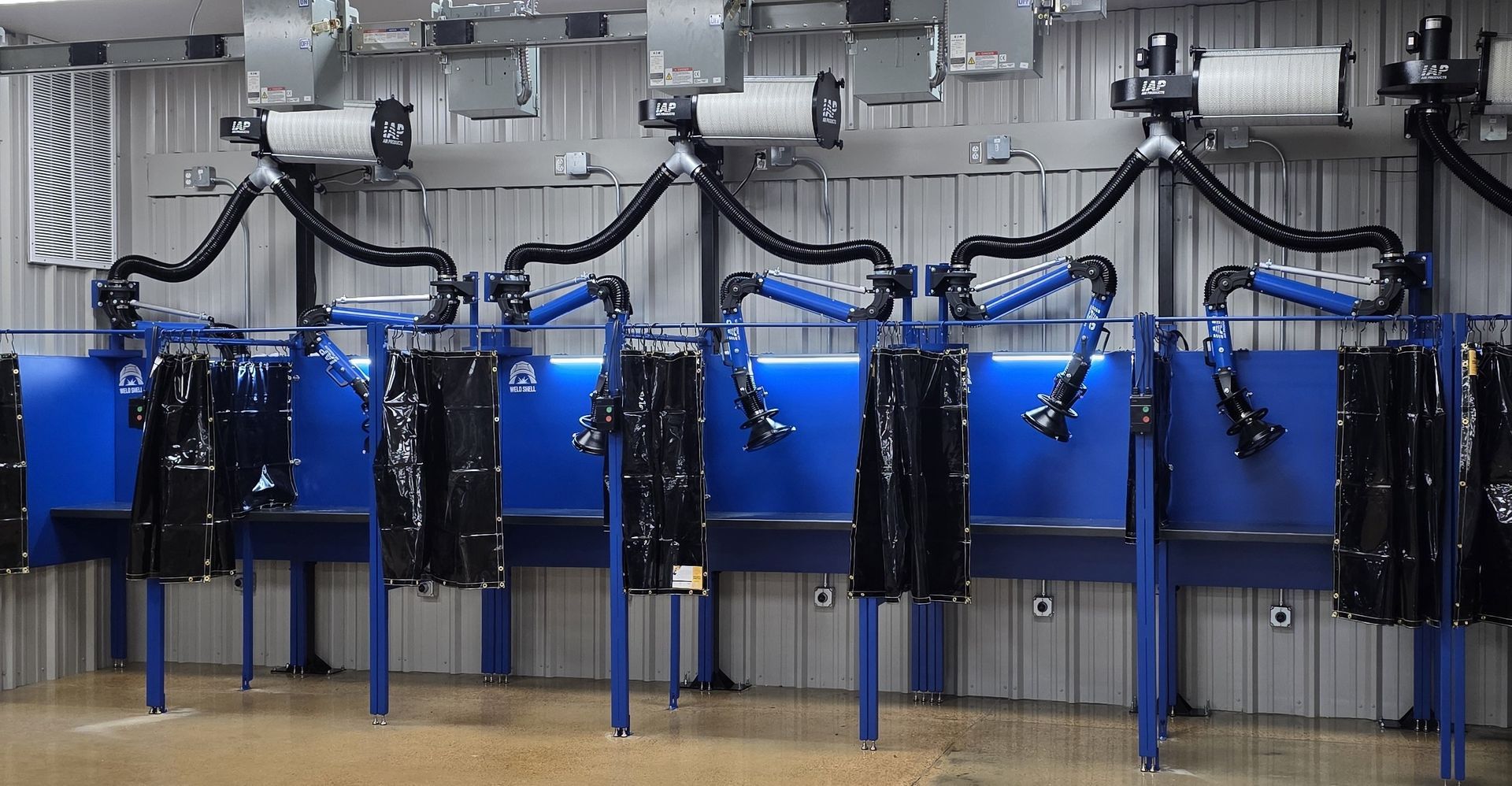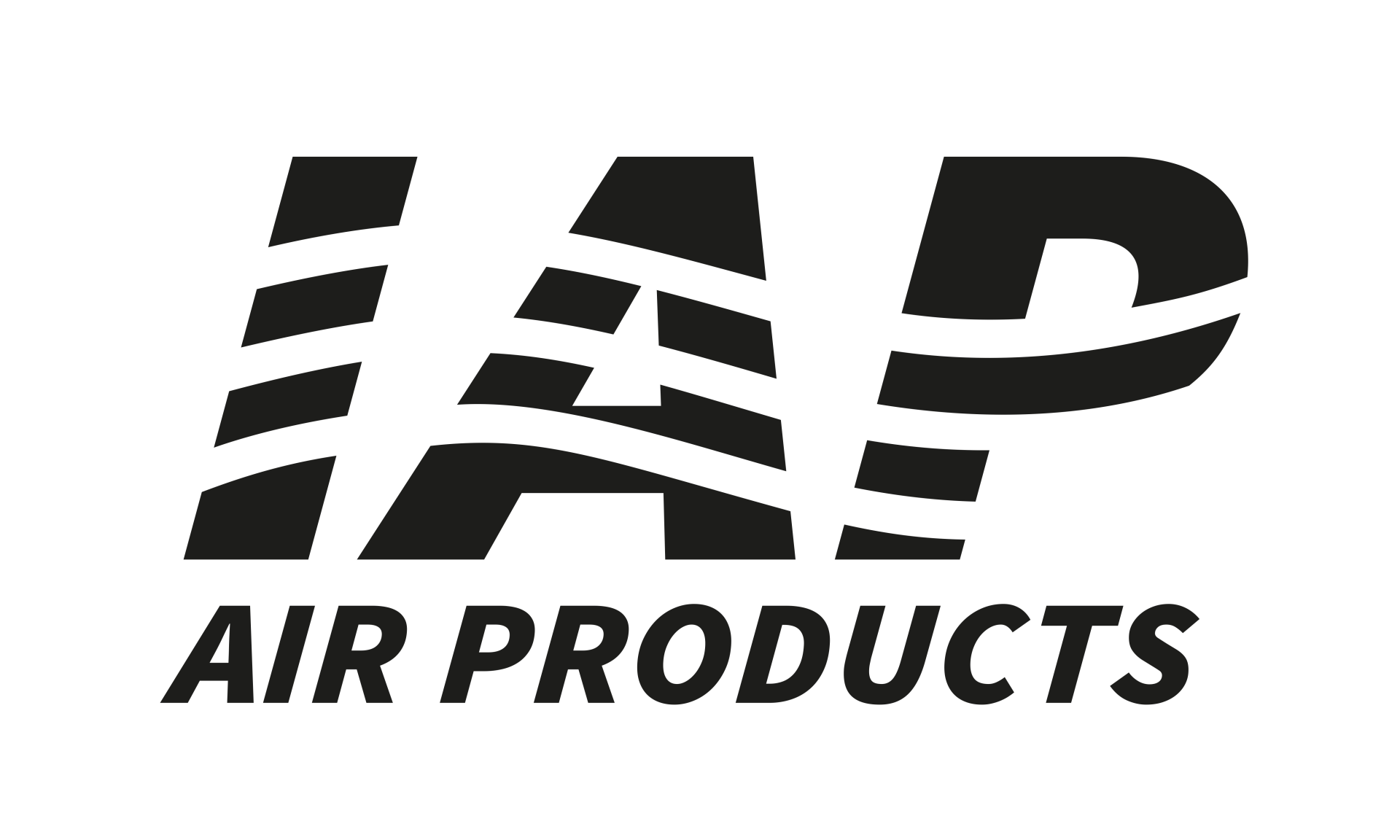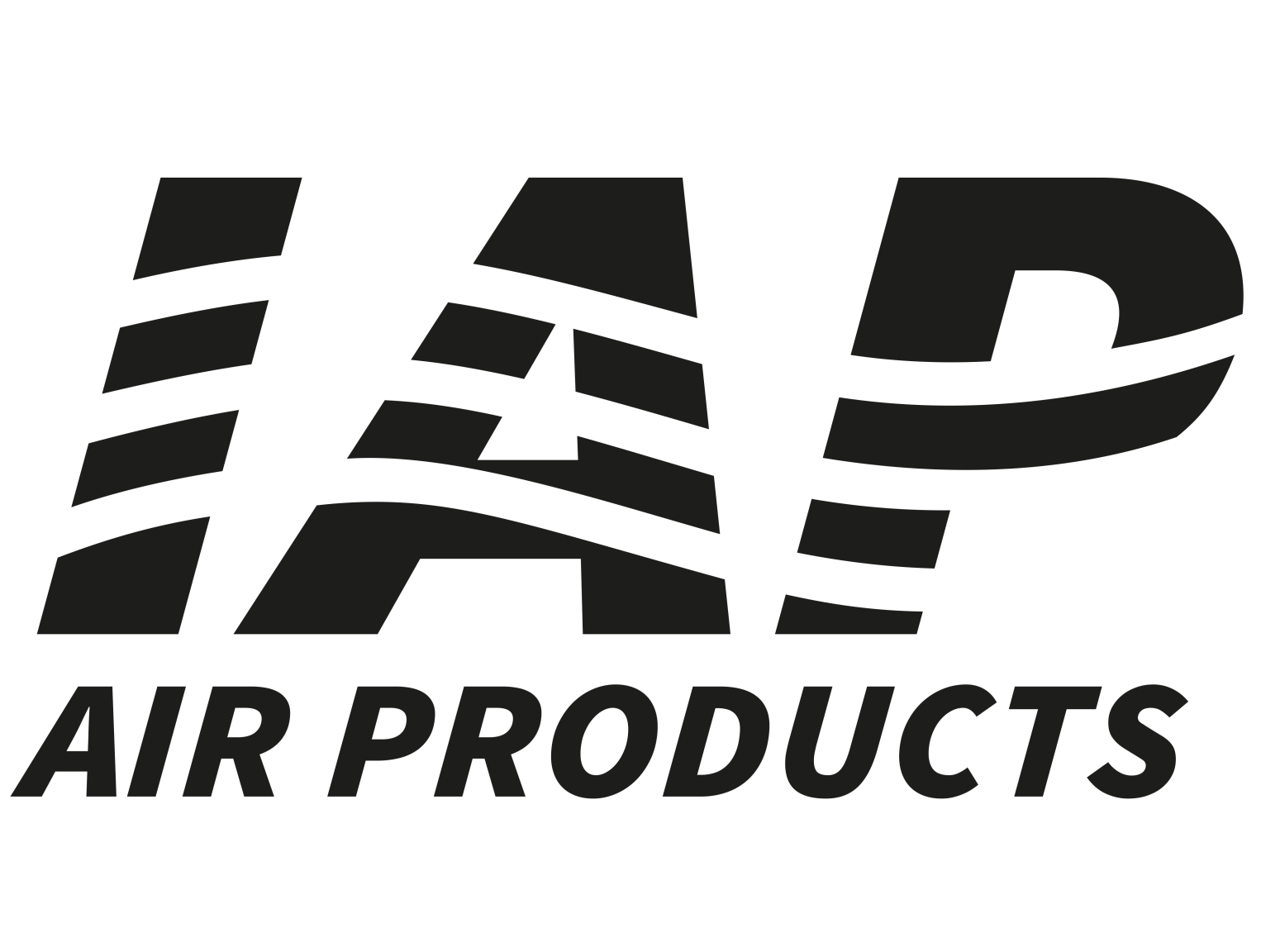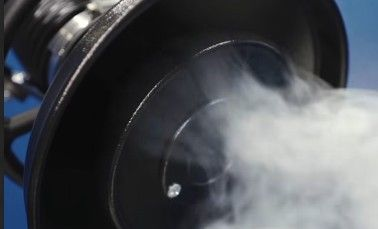Fire Station Air Cleaners
Creating Safer Environments for Fire Fighters
The Problem
Some of the bravest people in our society today are the men and women who serve as fire fighters. Because of their courage, there have been countless homes, valuable possessions and (most importantly) lives saved. We owe these incredible fire fighters a great deal of gratitude. Unfortunately, a great number of fire fighters are losing their lives due to a cause that most people don’t know.
According to a study by the IAFF, from 2015 – 2020, 75% of the fire fighters that were added to the IAFF Fallen Fire Fighter Memorial died, not from fighting fires, but rather from occupational cancer. While it’s hard to believe that most fire fighters’ deaths don’t come from the riskier aspects of their jobs, it’s even harder to believe that a major cause for their cancer comes while they are at the safest place during their jobs, the fire station.
According to an article posted on Fire Engineering (also reposted by the CDC) by Baldwin TN; Hales TR; Niemeier MT, they write, “firefighters can be exposed to diesel exhaust for a significant portion of their shifts. Scientific evidence suggests an association between lung cancer and occupational exposure to diesel exhaust emissions.” Every time the fire trucks are started or driven into the fire station, diesel exhaust is being released into the building and traveling throughout the bays and into their living quarters. Unknowingly, this has been a massive problem for many years now. On the bright side, in recent years there has been an even bigger push to put protection in place to put in capture exhaust systems. According to FEMA, as of 9/21/21, FEMA has awarded 2,200 grants to Fire Stations, totaling a whopping $710 million given through grants!
Source Capture Systems
Since the beginning of controlling diesel exhaust in fire stations, the primary method of capturing the exhaust was through a source capture system. These systems typically consist of a nozzle that attached to the tailpipe, high temperature hose that attached to the nozzle, ductwork that attached to the hose, and the ductwork that attached to a fan that blows all of the exhaust outside. Often times, these systems would have Motorized Hose Reels that would coil the hose upwards and downwards depending on when needed. While this all sounds like a lot (and it is), the majority, if not all, of the cost was covered by FEMA through the AFG Grant, if the fire station met certain criteria. However, these systems come with a list of PRO’s and CON’s
PRO’s
- Most effective way of capturing any fume/exhaust
- Largely covered by AFG Grants for Fire Stations that meet the requirements
- If installed correctly, look really nice!
CON’s
- Require a lot of maintenance
- While upfront costs are typically covered, the Fire Stations are typically left to deal with large maintenance costs (Replacing deteriorated hoses, damaged nozzles, parts for hose reels and fans, etc.)
- When you remove the exhaust to outside, you’re also pulling your good air along with it. This can put quite a bit of strain on your HVAC system to keep up with putting warm air/cool air back into your building.
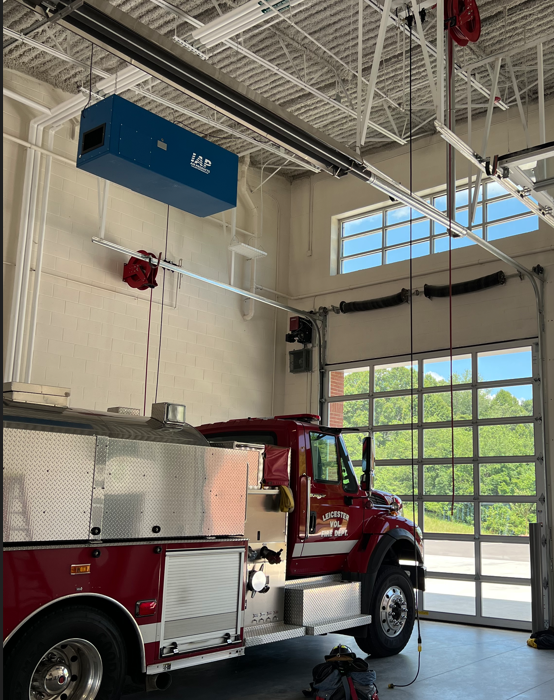
A Great Solution!
However, in more recent years there has been a big push towards using a “hose-less exhaust system”, more commonly called an ambient air cleaning system. These systems have become very popular due to their:
- Low upfront cost
- Ease and low costs of maintenance,
- Lack of work needed by the firemen,
- Ability to recirculate air back into the room
These systems are becoming so popular that not only are new fire stations implementing them, but fire stations that have relied on their source capture system are now switching to ambient air cleaners!
So how do these Fire Station Air Cleaners work?
Instead of exhausting the diesel contaminants into the outside air like the source capture systems do, the ambient air cleaners are more environmentally friendly! These units suspend from the ceiling or wall and pull the air through a series of filters. These filters will capture the contaminants while allowing the clean air to pass through and go right back into the room. Again, this is a great benefit because you’re not losing any of your warm/cool air, which means no expensive make-up air units are needed!
What Does IAP Air Products Have to Offer?
We’re glad you asked! IAP is dedicated to doing our part to create safer environments for fire fighters so we offer a great Fire Station Air Cleaner in both a single-phase and 3-phase unit, depending on what is needed. Our units are incredibly easy to install when paired with the ceiling mount kit we offer. Our units come with the standard filter configuration of:
(1) Pleated Pre-filter
(1) 65% Bag Filter [Optional 95% if needed]
(3) Gas Phase Filters
Our units come with an optional Magnehelic gauge so that you can easily tell when it’s time to replace your filters. Lastly, our units come with a side access door to make replacing your filters as easy as possible!
How do these units turn on?
While there are multiple ways to turn these on, we want to make sure it’s as easy as possible for the fire fighters so that their focus can remain on the emergencies they are getting ready to face. The most common way to turn on the IAP Fire Station Air Cleaner starts with making sure the bay door openers have a 24 DC Signal Output. If your bay door opener has this, then the hardest part is out of the way! IAP then supplies a custom control panel that acts as the communicator between the garage door opener and the units. Basically, when the garage doors go up for the truck to leave/return, a signal is then sent for the Fire Station Air Cleaners to turn on and start doing their job. The control panel can be programmed for the units to run on a timer that can be adjusted at any time. You can also use the control panel to manually turn the units on/off individually or as a whole. Each fire stations’ set up will be a little different.
How often will I need to change filters?
Of course, this will vary based how much they are used but a good rule of thumb is:
- Prefilters need to be changed out quarterly
- Bag filters need to be changed out semi-annually
- Gas-phased filters need to be changed every year
How many units are needed?
The answer to this will vary from station to station due to the different layouts so we highly recommend reaching out so that we can review each situation.
How do I get a quote?
You can work with us directly or with one of our dealers (if in your area). While our dealers may have the ability to also quote an install rate, we recommend hiring your trusted mechanical contractor and electrical contractor for installation.
What Makes IAP Fire Station Air Cleaners Different?
While our competitors have great products as well, we believe that we are not only able to help save fire stations more money but also provide a product that has industrial quality. Our Ambient Air Cleaners started off in applications involving Industrial and Manufacturing facilities, so we needed to make sure the quality of our product was built to those standards. We carry those same great standards with us into the Fire Station Air Cleaners and have confidence that our Air Cleaners will last fire stations many, many years.
SHARE THIS POST

